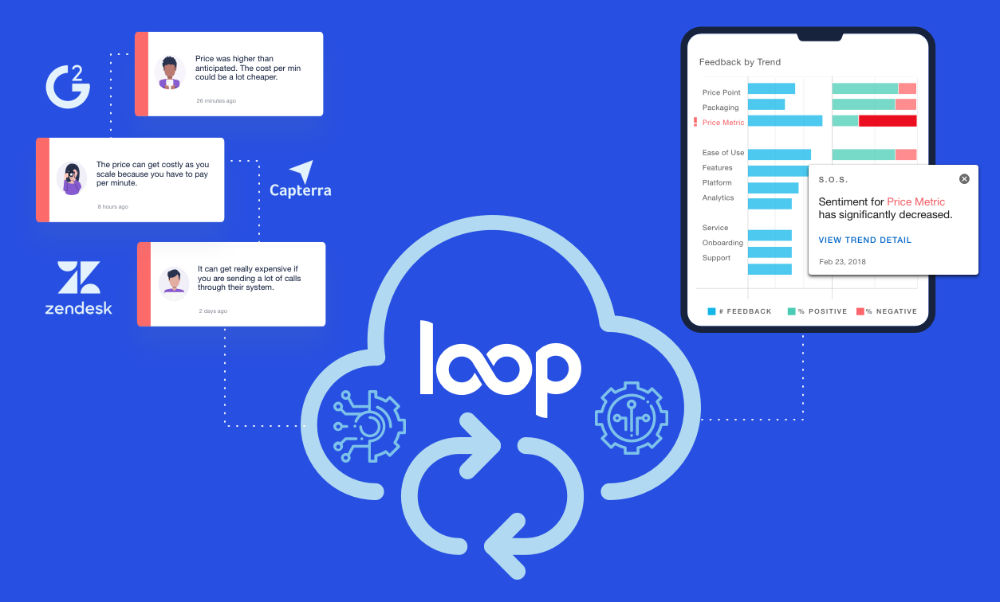Home » Elevating Customer Marketing to Drive Greater Business Impact
Elevating Customer Marketing to Drive Greater Business Impact
Madeline Turner

Building relationships, driving engagement, delivering value, securing customer retention. These are all critical focuses for B2B SaaS companies, especially now. These activities are brand-defining.
Customer Marketing plays an essential role in defining and executing on these strategies.
Understanding this, we hosted an interview with Kevin Lau, Global Head of Customer Advocacy Digital Experience at Adobe, to get his thoughts on how to elevate the Customer Marketing role, and what the leadership opportunities are for this function moving forward.
Hint: it’s more than just customer references and testimonials.
Elevate Customer Marketing to Drive Greater Impact for Your Company and Customers
Here are a few lessons we took away from our conversation with Kevin, but you can catch the full interview here.
1. Customer Marketing Needs More Resources
As Kevin puts it, many organizations relegate Customer Marketing to fulfilling sales references or writing customer stories. But the opportunity for Customer Marketers is more than just these two areas.
Customer Marketing really shines when it’s focused on customer engagement — developing relationships, developing influencers, and aligning strategies to the customer journey.
The problem, though, is that Customer Marketing teams today don’t get the resources that some of the other Marketing functions receive, like Demand Gen or Product Marketing.
But with customer retention becoming increasingly critical to our short and longterm success in B2B SaaS, there’s a real need for Customer Marketing to be elevated, and for resources to be dedicated to help drive meaningful impact for businesses and their customers.
2. Customer Marketers Should Prioritize Data to Grow Visibility
Whether it’s working with Product, Support, or Customer Success the point is that cross-functional partnerships have to be built in order to get access to a holistic view of customer data.
Looking across data and feedback to understand:
- How are customers engaging with content?
- Which accounts are engaged vs. not engaged?
- What are the cross-sell, upsell, and retention opportunities?
- Are the customers actually using your product?
Customer Marketing plays a key role in shaping a holistic view of the customer at both the account and individual level. The opportunity is then around how to use these metrics and this view to deepen relationships, create advocates, and ensure that the content being created actually resonates with your intended audience.
This allows Customer Marketers to not only make better decisions but to grow their visibility of the role in that process.
3. Customer Marketing Roles Should Be Tied to the Customer Experience
Just as not every Demand Gen marketer does the exact same thing (some focus on webinar pipeline and others on social and advertising), Customer Marketing responsibilities span from engagement to experience and retention.
With this in mind, this surfaces and opportunity for Customer Marketing to be split into distinct focus areas so that individuals and teams can focus deeply on outcomes.
At Adobe, Kevin’s team is focused specifically on Advocacy, which involves showcasing customers more successfully and telling their stories more broadly in a way that helps other customers.
They’re asking themselves:
- How can we drive stronger maturity?
- How do we get customers to understand the value and appreciate the product they purchased?
- How can we ensure that customers are actually realizing the value every day?
By splitting up the responsibilities into different focus areas, it allows Customer Marketers to develop deeper partnerships across the organization and drive greater outcomes for the customer.
4. Grow the Customer Marketing Function by Showcasing Business Value
It’s easy for Customer Marketing to become catch-all roles, but as long as what you’re doing is tied back to revenue impact for the business, you can demonstrate the strategic value to the organization. And when you can demonstrate the impact of tactics, you can begin to build the case for additional resources and split functions.
That’s what differentiates really strong Customer Marketing programs from those that are just there on the sidelines. When you have a more strategic input, you’re given a seat at the table.
Especially right now, when customers are reevaluating what is a strategic solution or technology that they can’t live without vs. something that’s sort of nice to have, you want to obviously be on that side that’s “essential service.” And so I can’t stress enough that it has to be based on building..what’s in the best interest of the customer at the end of the day. Until you [Customer Marketers] start to think in terms of the customer journey, you’re always going to be put in a certain box around — like customer stories or just fulfilling references. – Kevin Lau



